Video Production of the Performing Arts and Music Market
LEE Sungchun /
CEO of Sound Puzzle & Secretary-general of the Seoul Music Week
The global spread of COVID-19 caused great changes in Korean society’s different sectors. In particular, the performing arts are greatly dependent on space and time and those working in this field are overcoming this challenge by filming performances. The existing performances were replaced by online ones. And those in the performing arts scene came to think about how to expand their distribution platform and about how to find new audiences. But they haven’t secured any efficient distribution platform yet. Moreover, they still don’t have a real business model to distribute their videos.
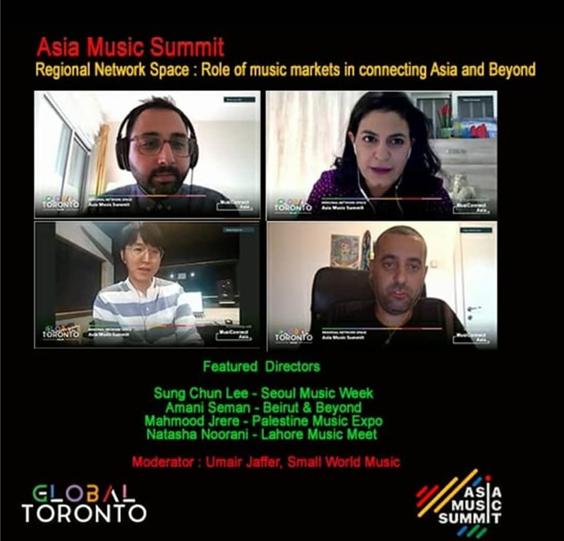
ⒸLEE Sungchun
“Contactless” and “Digital” Music Market Formed amid the Pandemic
For a music group, the most effective way to make inroads into the global performing arts market is to participate in an influential music market by presenting a high-quality performance. Once music groups participate in a music market, they can meet those from the global music industry and see if their content could be distributed abroad. Such an occasion also enables them to expand their network in the music industry. On the other hand, presenters visiting a music market watch high-quality showcase performances carefully selected by organizers. And they have a chance to understand the latest musical trends and share ideas with their partners. However, the pandemic has completely changed such a landscape in a music market. Booth exhibitions have turned into online flyers or digital leaflets. Showcase performances have been replaced by online live performances and business meetings, by online ones like those on Zoom. In this way, the pandemic has transformed all events at global music markets into “contactless” and “digital” ones.
This year, I participated in eight international music events including WOMEX (Hungary), Mercat de Música Viva de Vic (Spain), Fira Meditterrània de Manresa (Spain), Circulart (Colombia), SIM São Paulo (Brazil), Midem (France) and Oslo World (Norway). Most of them are music markets focused on showcases. Without the pandemic, I would have watched the showcases with international partners working in the same field, exchaning ideas with them. I would also have met artists face to face to discuss music with them. However, this year, all events took place online so the participants had to turn on their webcam and talk to those seen in their computer monitor. Everything felt so awkward and strange. Not only the artists and participants but also the organizers of the events were bewildered by such an unprecedented situation. Facing this challenge, we thought about many things and shared ideas in an attempt to keep moving forward.
Limitations of “Contactless“ and ”Digital“ Music Markets
The essence of a music market consists in distribution of performances. Showcases constitute the most important program meeting that purpose. Watching a showcase, presenters see if a certain performance would go well with their theaters. They also review different criteria to decide whether to invite the performance. But this year, two problems made it difficult for them to invite performances.
First, presenters were undergoing a tough situation. Most of global theaters have closed and festivals have been canceled. So it was very challenging to plan a performance for the year 2021 in such a situation. Even if they organize their 2021 events normally, it is desirable for them to first consider the artists whom they invited for the year 2020. So they couldn’t make a decision to invite a new performance easily. Even in the case of confirming invitation, the artists could come to their events in the second half of 2021 or in 2022. In addition, nobody knows how the spread of the coronavirus would change. So they couldn’t talk about invitation comfortably.
Second, it is difficult to understand a work through an online showcase. All presenters said that it was not easy to understand music performances through videos. Moreover, if the style of a video isn’t that of a showcase (e.g. music video) or if the quality of a video isn’t high enough, presenters have no idea if such performances would fit their theaters. So at the end of every showcase, presenters gave many opinions about the video content. And planners of music markets were willing to reflect these opinions when preparing their next events.
Videos for Records and Videos for Promotion
Amid the pandemic, global theaters have closed and festivals have been canceled. Under these circumstances, international organizations and festivals have prepared their events on online platforms. Such a trend has naturally spread around the world. In the first half of 2020, they shared their existing videos which had been produced for records. Or, they presented new performances, which had been planned before the pandemic, live on the Internet. In the second half of the year, the forms of video content began to be diversified. In this context, content with clear purposes came to be used widely.
Up until last year, most of the videos submitted by music groups participating in the open calls of music markets had been produced to keep records of their regular performances. So the quality of the videos wasn’t very high. The performance videos often had a fixed shot. Or, the performances were filmed with two or three cameras on the spot without any cue sheet and were edited afterward. However, as the pandemic continued for an extended period of time, the overall quality of videos improved and their purposes also became clear. Furthermore, diverse types of videos were produced (e.g. videos for showcases, those introducing music groups, music videos and interviews), thus becoming more useful at music markets.
Performing Arts Market in Seoul, Journey to Korean Music and World Music Expo(WOMEX)
This year, the Korea Arts Management Service (KAMS) contributed to video production through the following projects: 1. project replacing the Center Stage Korea (which helps Korean performing artists go global), 2. supporting the artists selected for the Journey to Korean Music and 3. supporting the artists selected for the World Music Expo (WOMEX). In these projects, KAMS served as a producer to participate in many groups’ production of videos. And KAMS made use of those videos to promote Korean groups at several music markets. In particular, Dongyang Gozupa’s videos of their showcase and interview-type introduction received positive feedback from those working on WOMEX and international experts, which was a notable achievement. It was an occasion to come up with great ideas about how to promote music groups in the post-pandemic period. The occasion also helped us clarify the future direction of promoting artists.
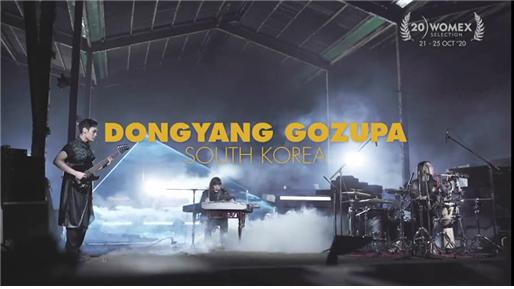
ⒸDongyang Gozupa
Every year, artists selected for the Journey to Korean Music benefited from KAMS’ support for producing a music video based on a live concert. However, it was not easy to complete high-quality content in such a short period of time. And the participating groups didn’t have big expectations. But this year, many things changed. The participating artists and producers had clear willingness to work for the project. In addition, KAMS’ direction of production was also clearer. In this conext, KAMS suggested production of three videos: 1. music video based on a live concert, 2. interview-type video in which the planner introduces the participating artists and 3. showcase video of about 30 minutes.
Guided by KAMS and collaborating with the production company, each group produced three videos, which were actively used during the Performing Arts Market in Seoul (PAMS). To be more specific, the three videos promoted the groups at the virtual exhibition halls of PAMS. These videos greatly helped visitors of PAMS understand the works and characteristics of the artists at the exhibition halls.
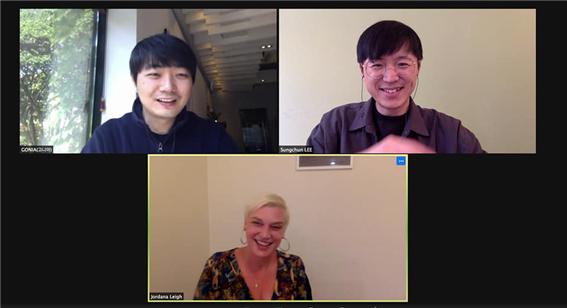
ⒸLEE Sungchun
Thanks to PAMS and the Journey to Korean Music, three groups were invited by an influential theater in the US and several festivals for the year 2022. When asked about why they decided to invite them, those in charge of the international events said, “The interview-type video greatly helped us understand the groups. And the high-quality music videos of live concerts were describing the groups’ characteristics successfully, which was also great.” In particular, they also encouraged the artists to actively use their interview videos for their future promotion.
Use of Video Content in the Post-Pandemic Period
In every business meeting at a music market, what artists do first is to turn on their laptop or tablet to show their videos. This is the most effective way to introduce their music in a limited amount of time. Usually, they share with international presenters pre-edited highlight videos or footage of their performances at famous festivals or concert halls. Doing this, they try to let the presenters know their proven competence. Music groups that have actively participated in music markets are well aware that high-quality videos are effective in promoting themselves. Therefore, in the post-pandemic period, music groups’ promotional activities through videos could become even more active. And they are likely to produce different formats of videos for different purposes. In this regard, the concept of video production for this year’s Journey to Korean Music is also heading in that direction.
These days, many artists have produced videos thanks to the support of numerous public institutions. As a result, they have brought us a great quantity of video content. But in reality, Korea doesn’t have a platform that could help them make real profits. When it comes to platforms, Korea only has YouTube, Naver TV, V Live, Kakao TV and IPTV. Considering profits alone, realistic options for artists would be events celebrating Korea’s diplomatic ties with other countries and online festivals organized by cultural centers. But such events can invite only a limited number of artists and considering the pandemic, they may not continue in the long term. Nevertheless, such online festivals are likely to go on for some time. And in the post-pandemic period, they may be reduced in size to have different forms.
LEE Sungchun / CEO of Sound Puzzle and secretary-general of the Seoul Music Week
LEE Sungchun is a producer working on international music business. He is running Sound Puzzle, an agency for Korean artists performing abroad. The agency works with many Korean music groups including ADG7, Dongyang Gozupa, The TUNE, Grey by silver, GONIA, Joori Band, Buyoung Lee and Soojin Suh Chordless Quartet.








 PREV
PREV
.jpg)
.jpg)
.jpg)
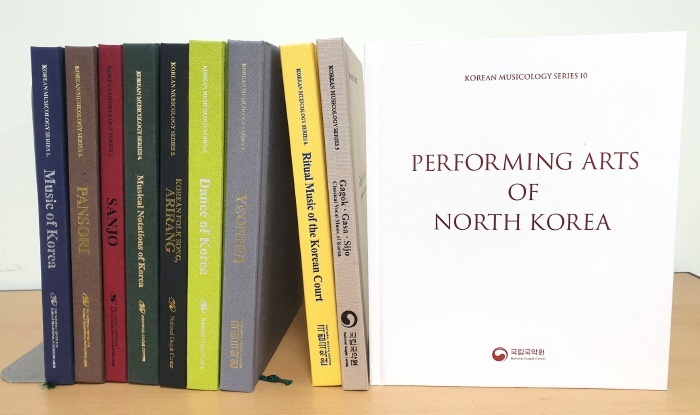
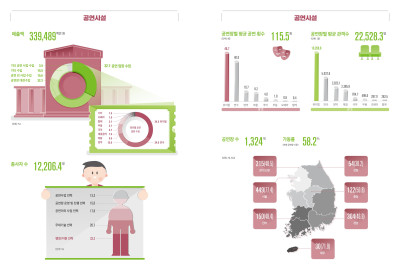
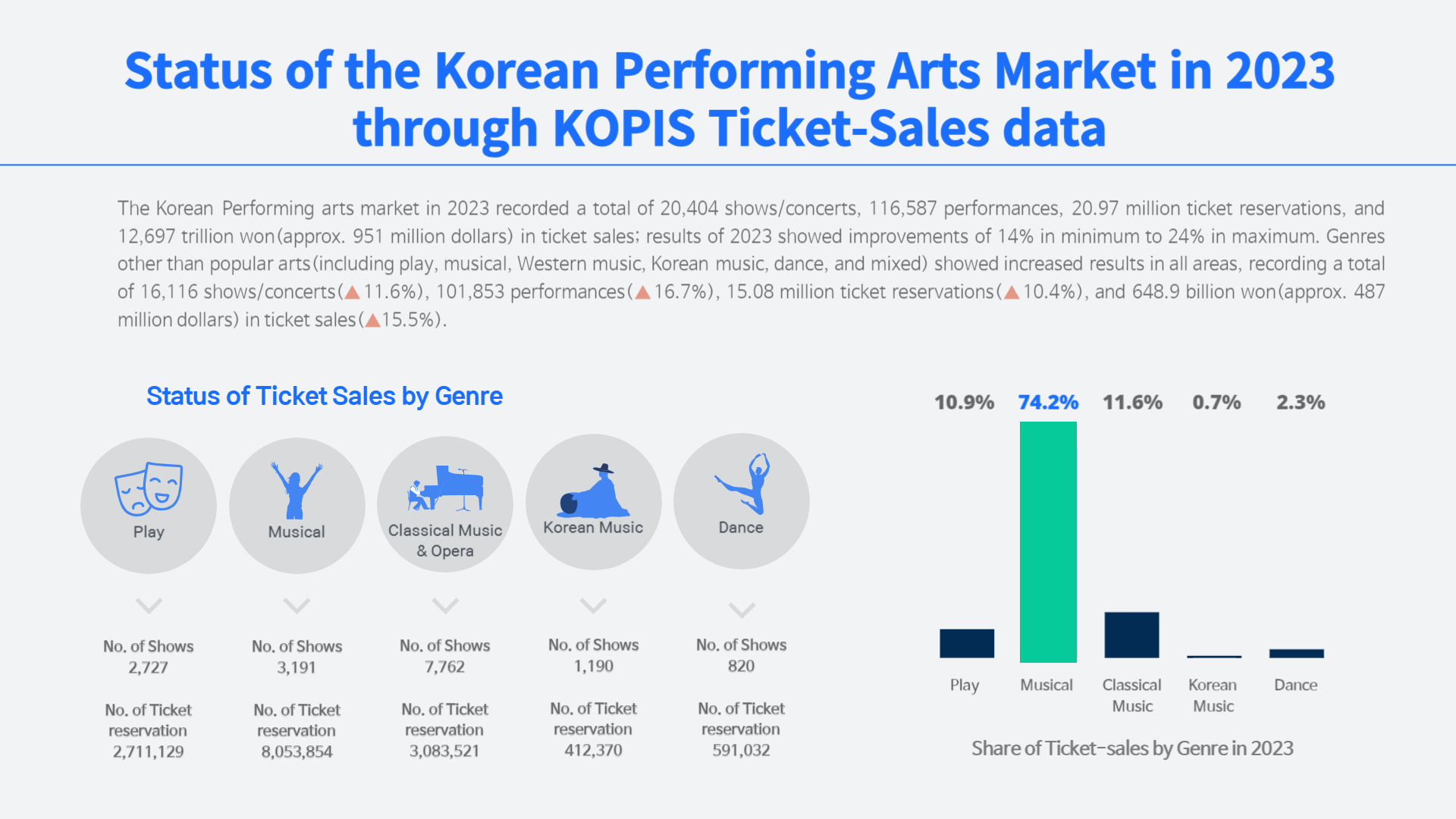
.jpg)
.jpg)
.jpg)
.jpg)











